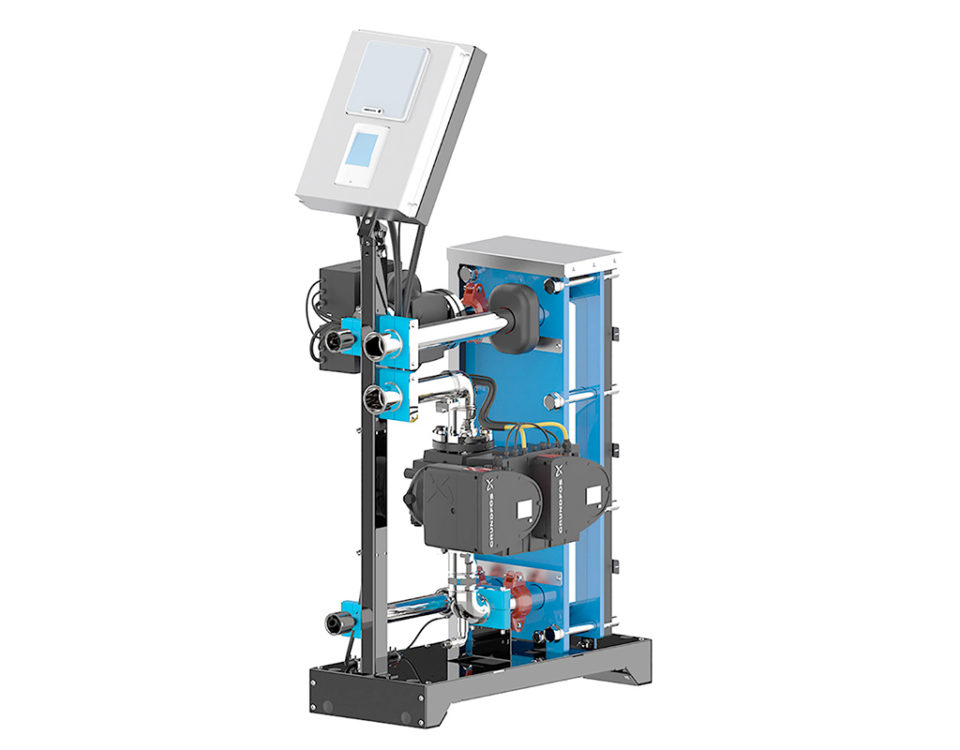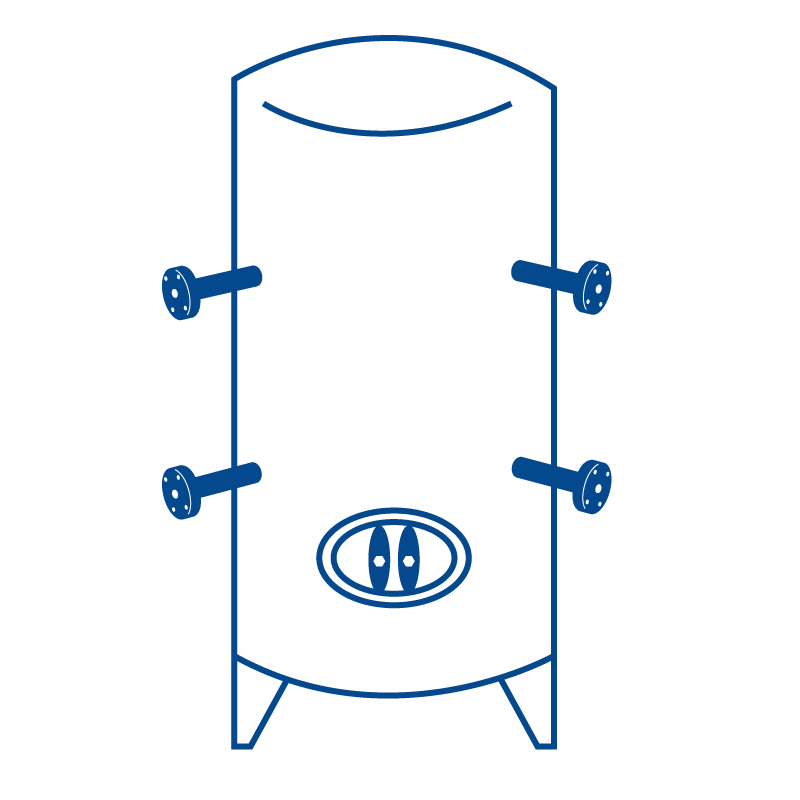FAST HEATERS
FOR DHW
LESS WAITING, LARGE AMOUNTS OF DOMESTIC HOT WATER
Fiorini fast DHW heaters are systems used for fast DHW production. Fast DHW heaters consist of a combination of a storage tank selected from the FLEXY or BOIL range and a gasketed or brazed plate heat exchanger in the domestic water circuit.
The Fiorini range of fast DHW heaters consists of Aquafast made up to a plate heat exchanger that allows the power made available by the energy source to be fully exploited.
The two versions offered by Fiorini use different types of plate heat exchangers: gasketed plate, brazed, and large-sized gasketed plate.
FST is an ultra-compact heater with an electronic control panel from which it is possible to intuitively control the device by setting various factors, such as the temperature setpoint adjustment, pump operation and programming of the anti-legionella treatments.
The ability to combine Aquafast and FST with any type and volume of storage tank allows a DHW production system to be created that is ideal for medium or large establishments such as restaurants, hotels, sports centres, sports halls, etc.
ADVANTAGES
- No coils in the accumulator tank
- Savings in energy and time
- Improved tank accessibility
- Simplified maintenance
- Maximum thermal efficiency
HOW IT WORKS
Fiorini fast heaters are used to produce domestic hot water (DHW) and then to store it. By combining a plate exchanger with a storage tank, you can exploit the heat energy to create and store domestic hot water.
The heat exchange happens inside the heat exchanger, indispensable for the production and storage of DHW.
DHW production is managed by the SLC electronic control unit which allows, by using the pre-set hydraulic chart, the system’s operation to be controlled and optimised.
It is possible to combine Aquafast to any type of storage tank, creating highly customised solutions, even offering small systems a solution to produce domestic hot water quickly.
Equipping the storage tank with an external plate exchanger also allows: the system’s overall size to be reduced to the minimum, maintenance to be simplified, and the combination of the power of the water heater and the performance of the heat exchanger to be optimised.
PRODUCTS








